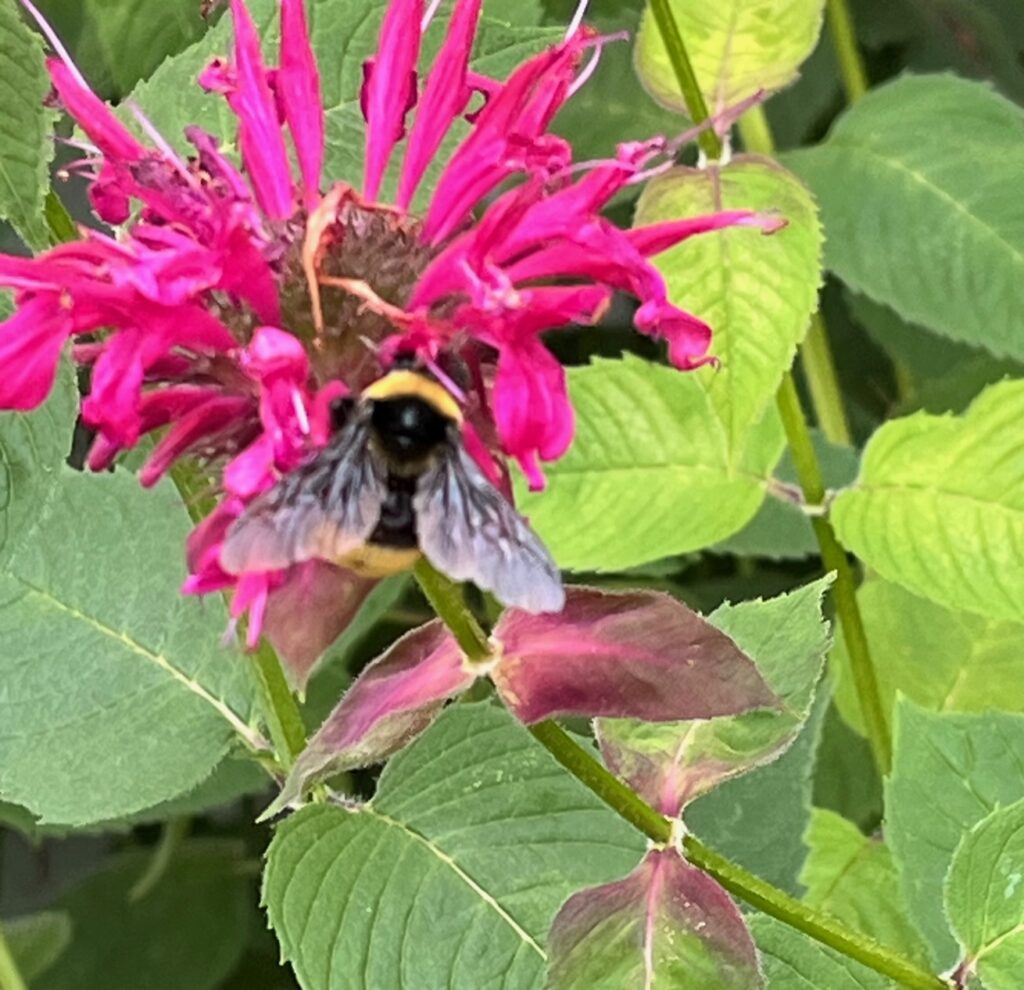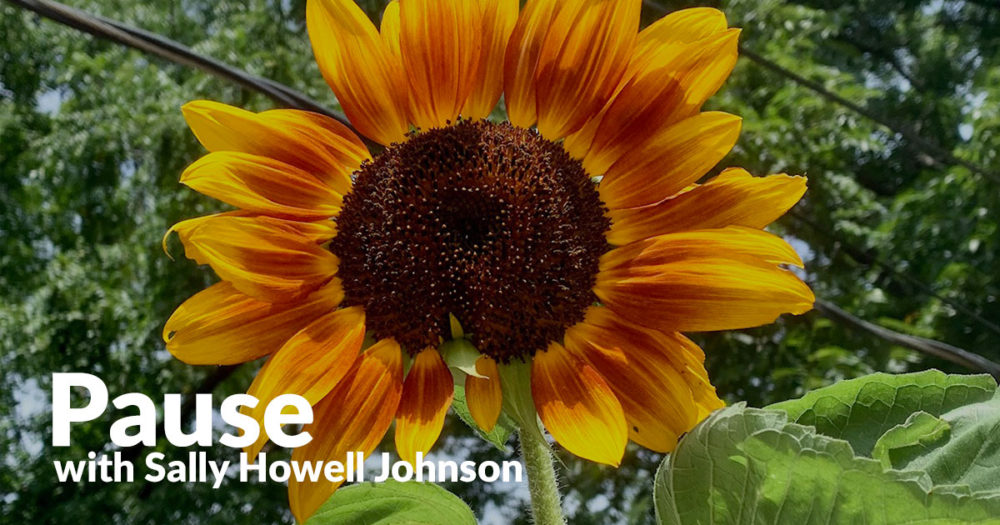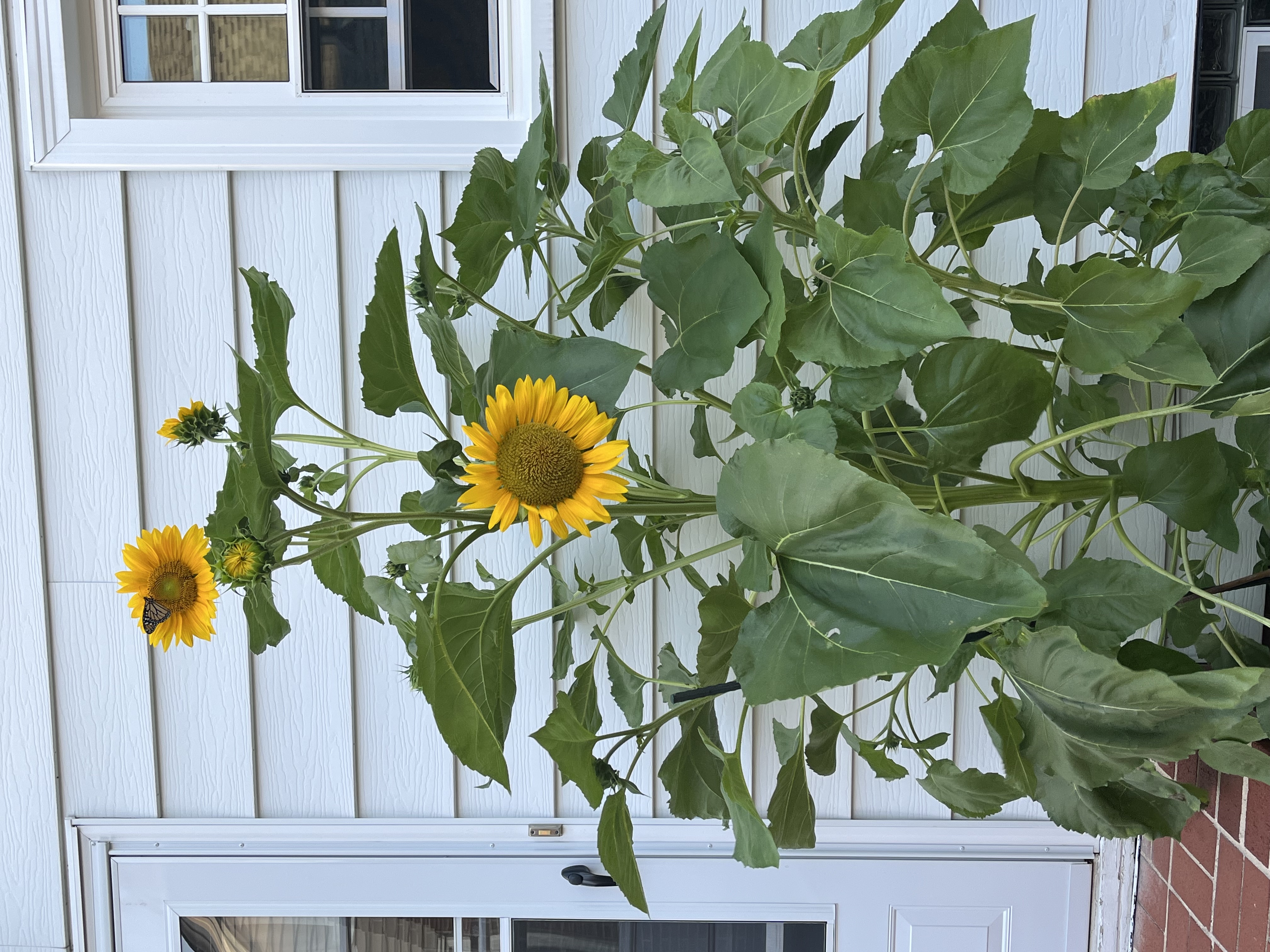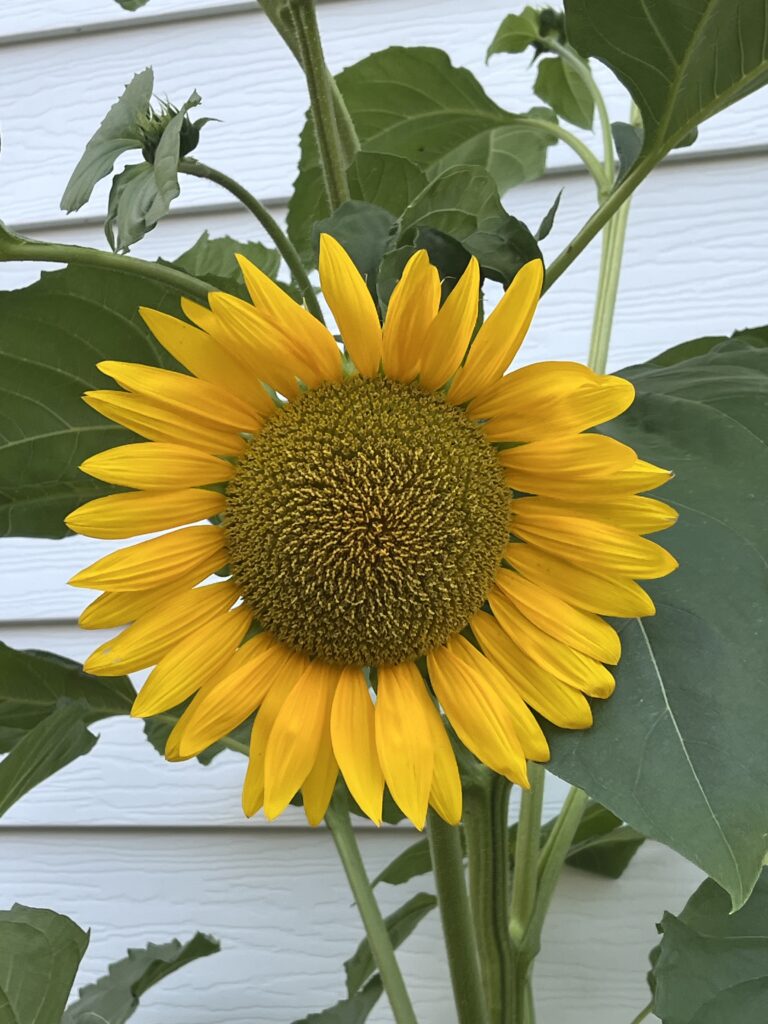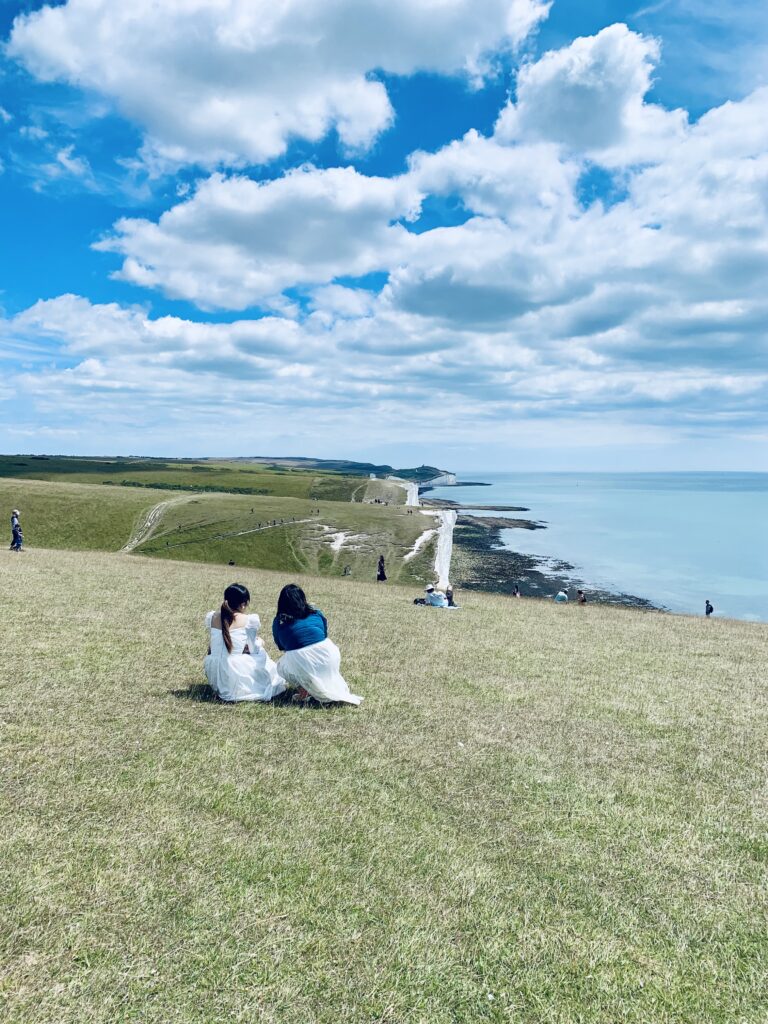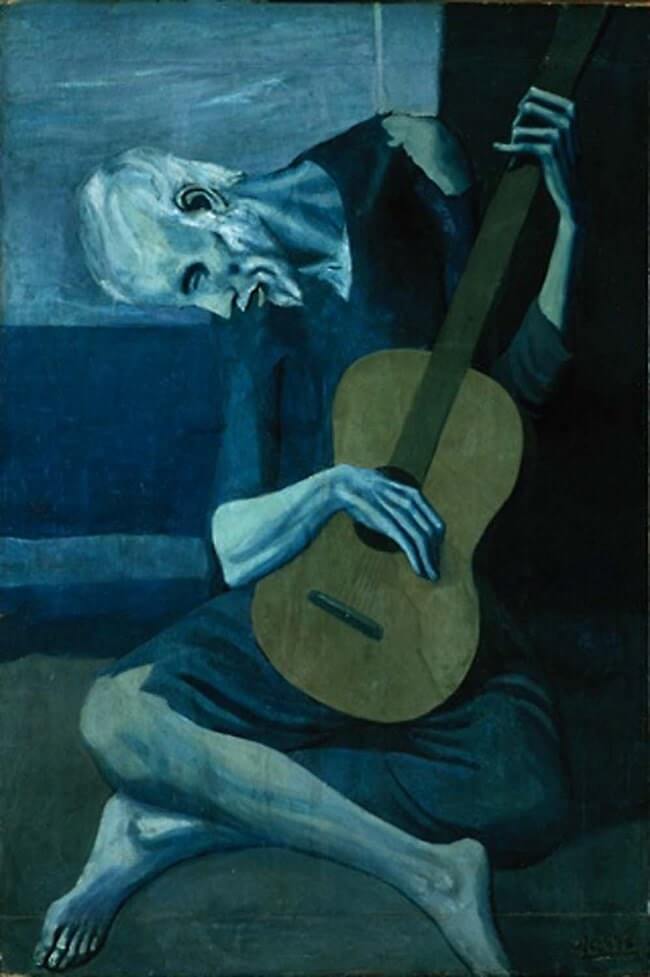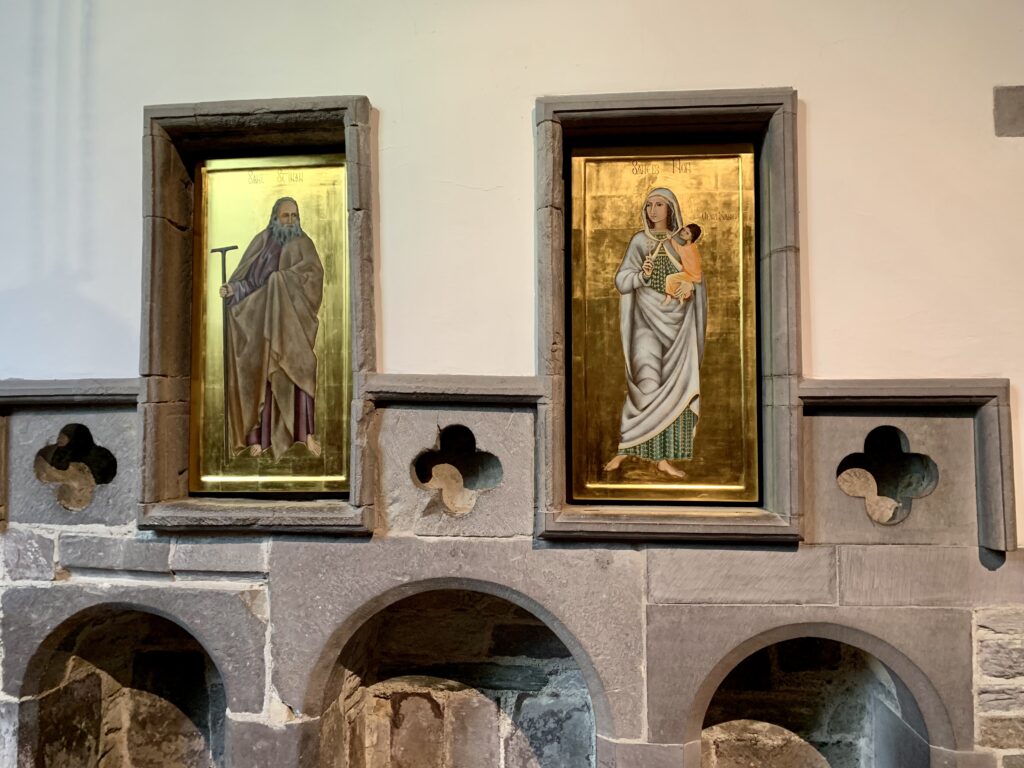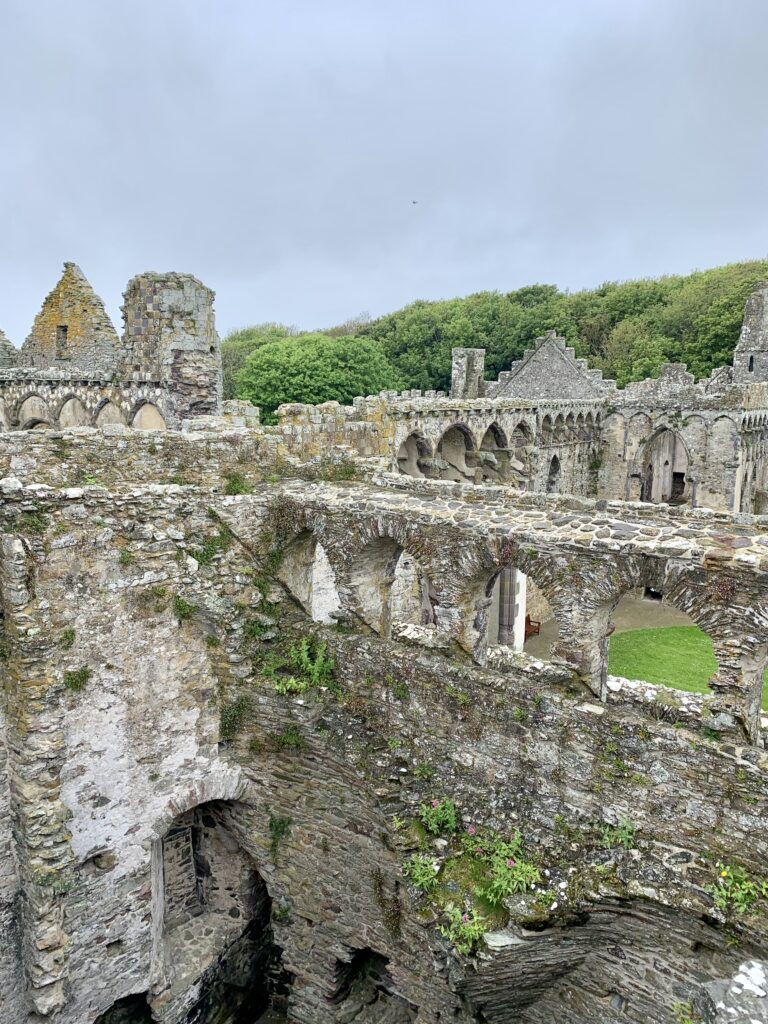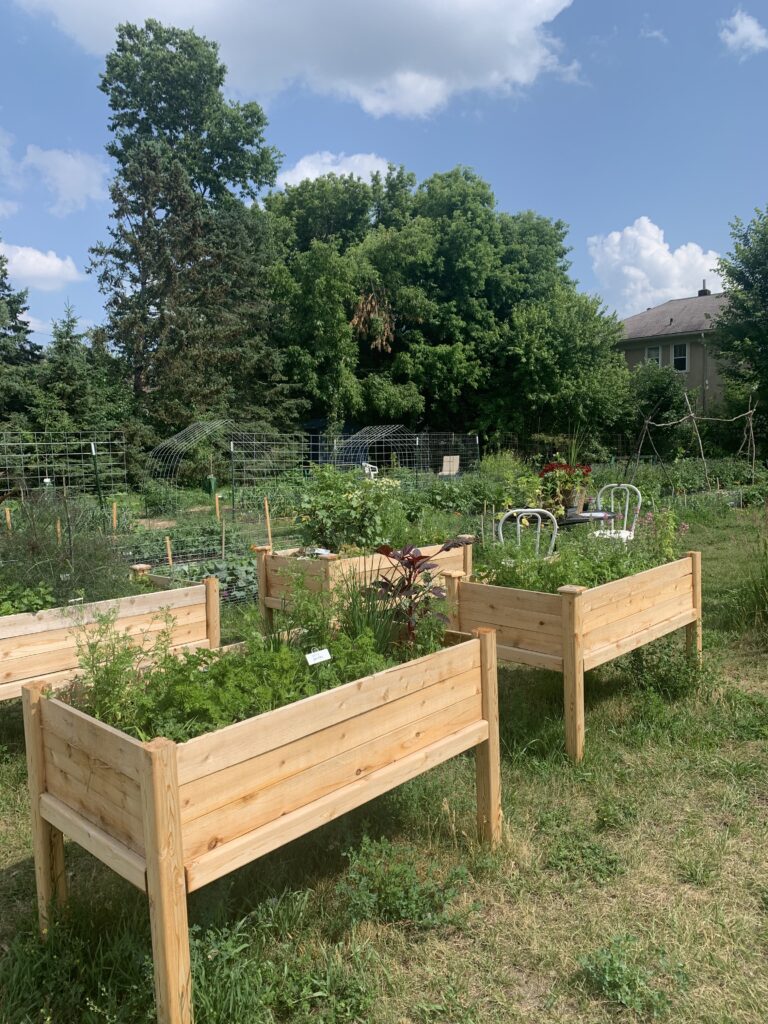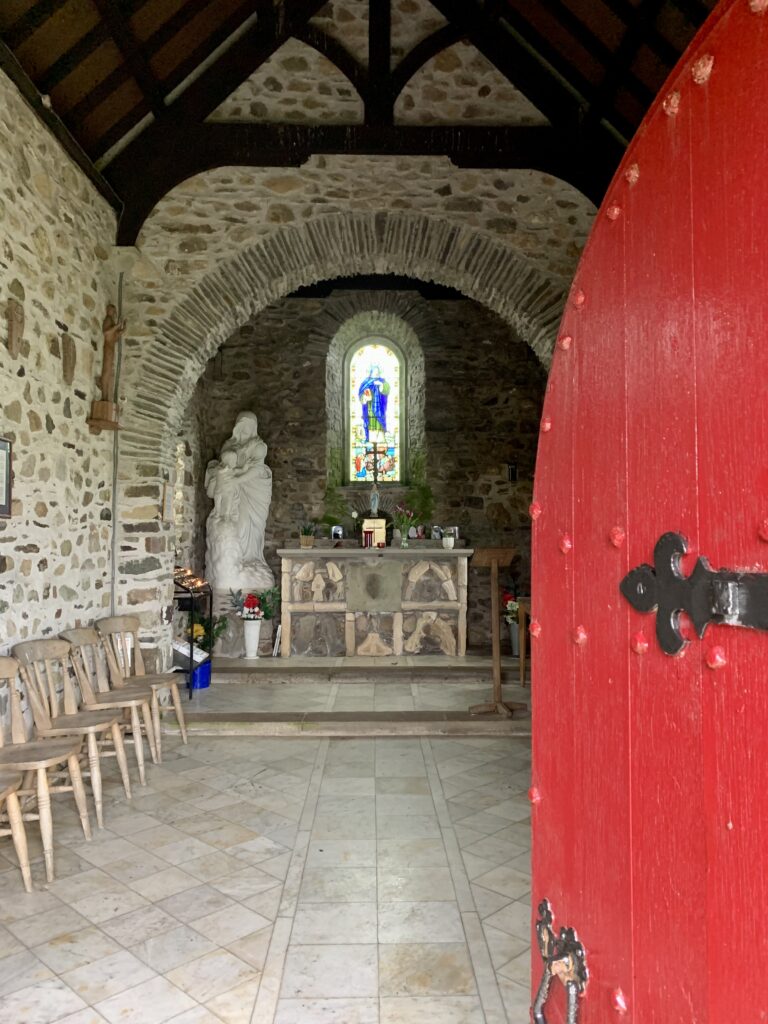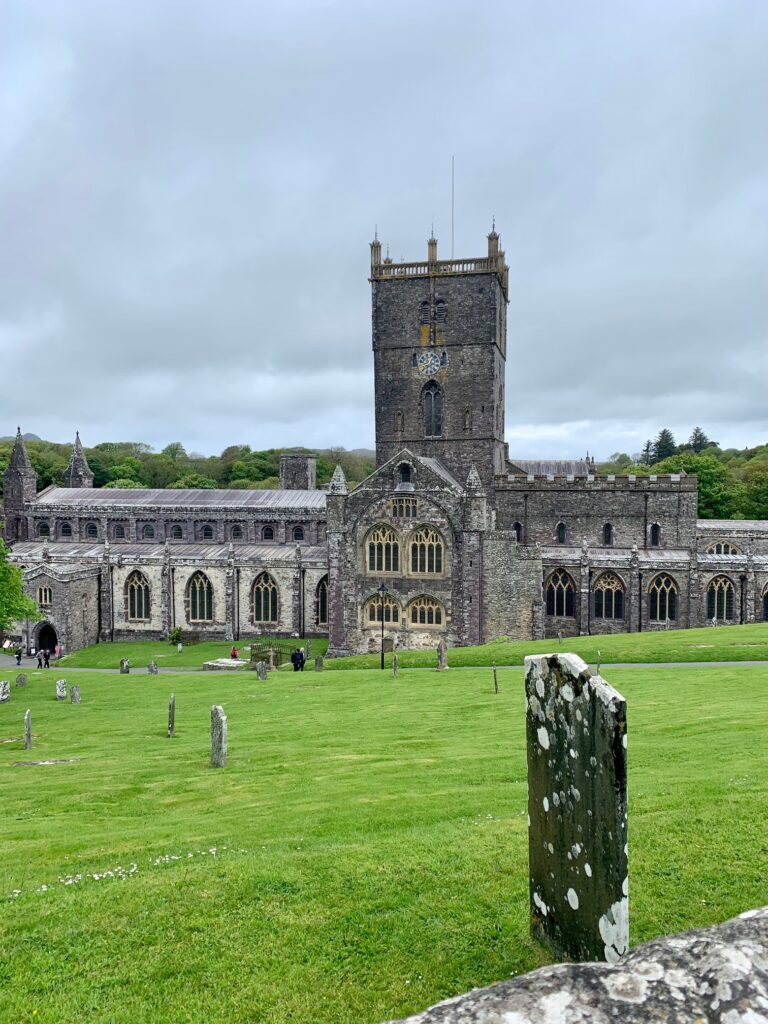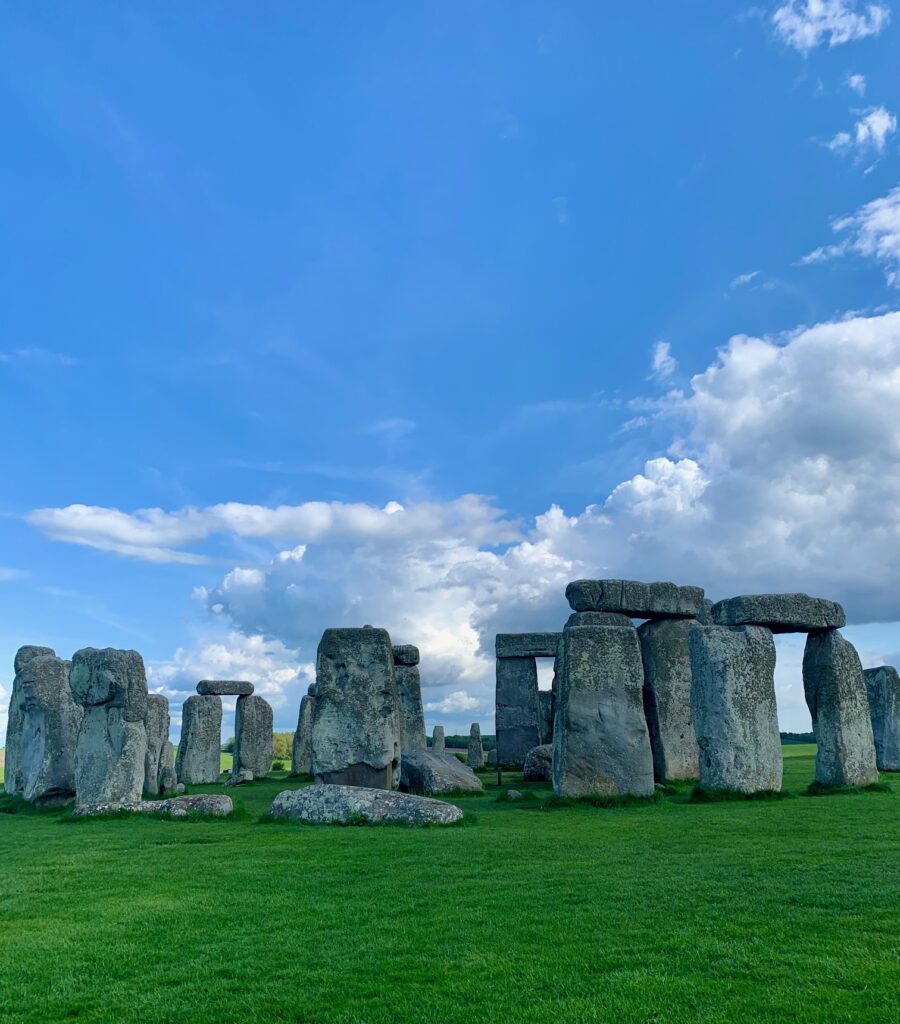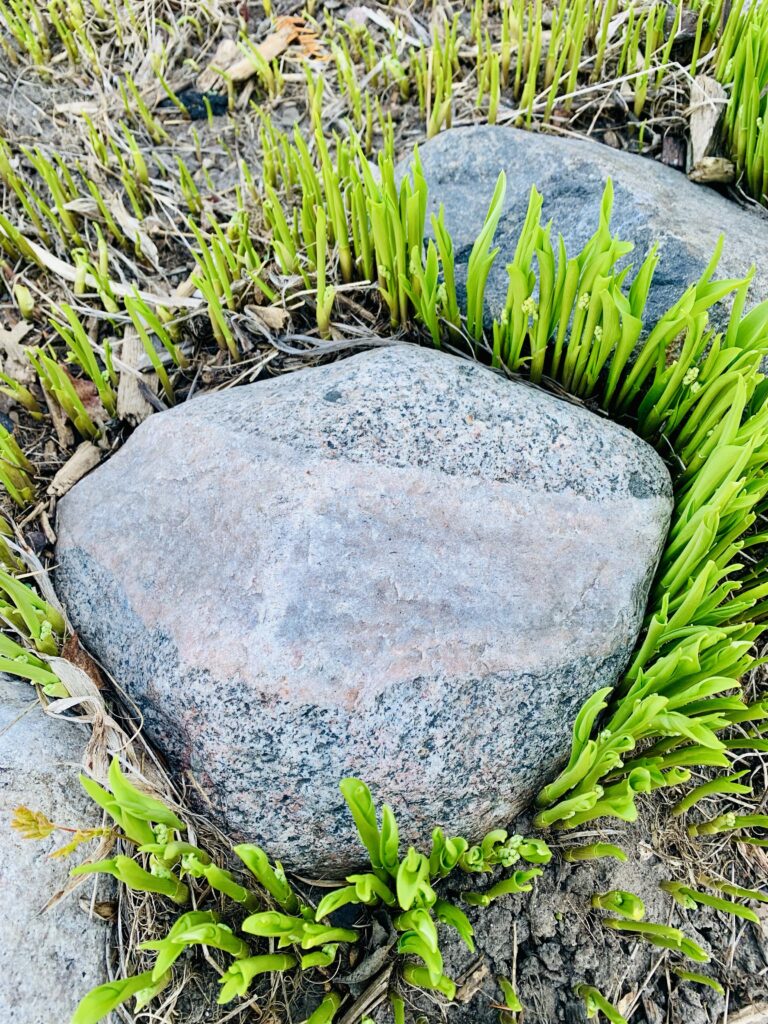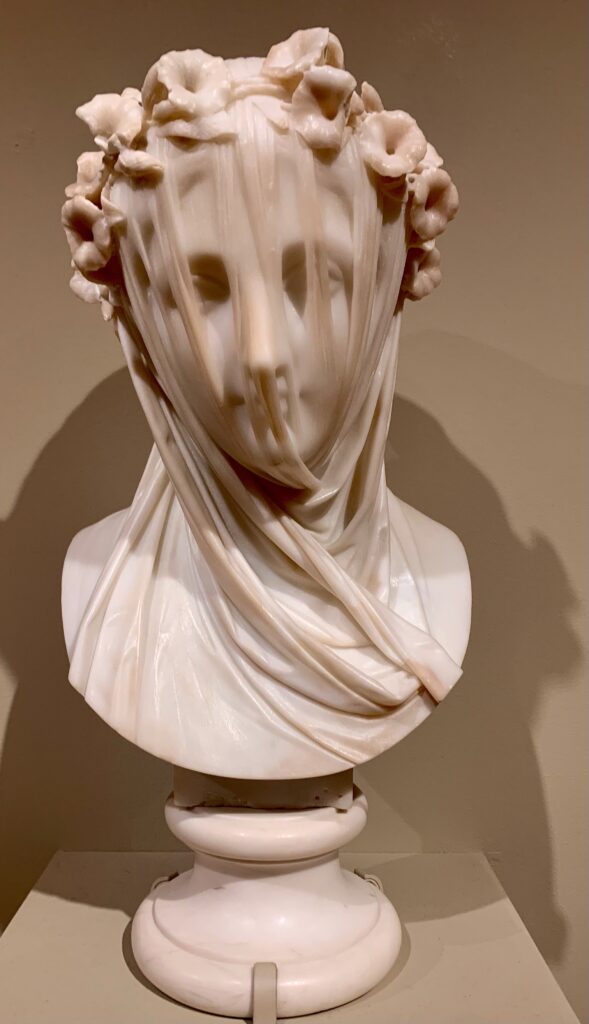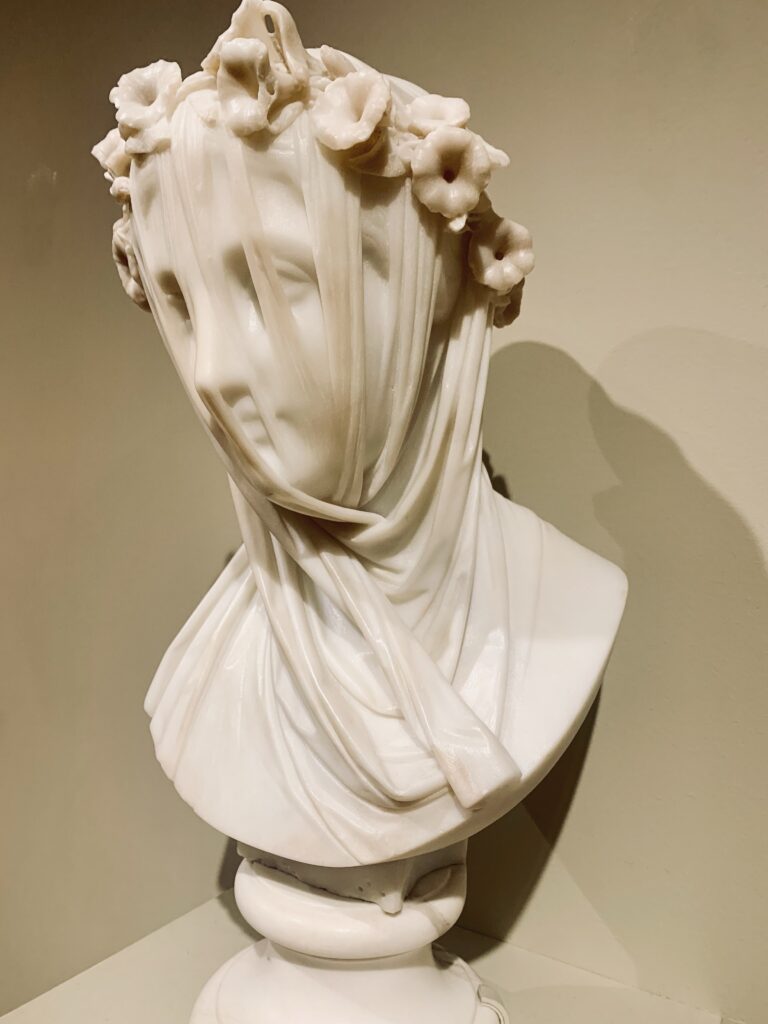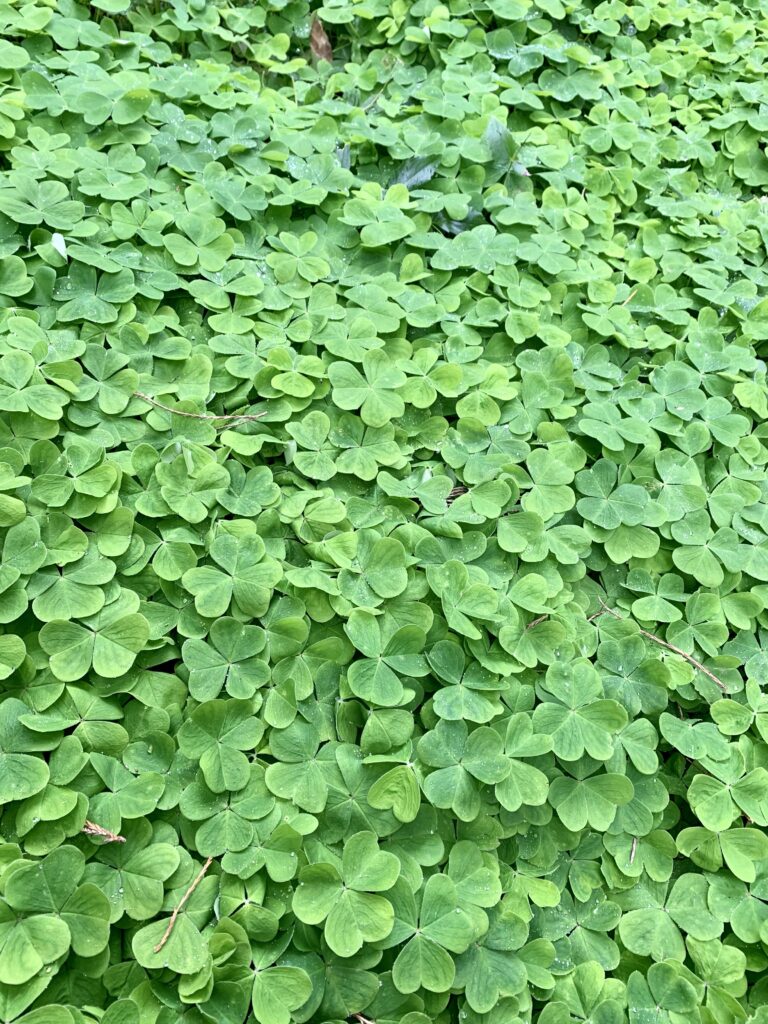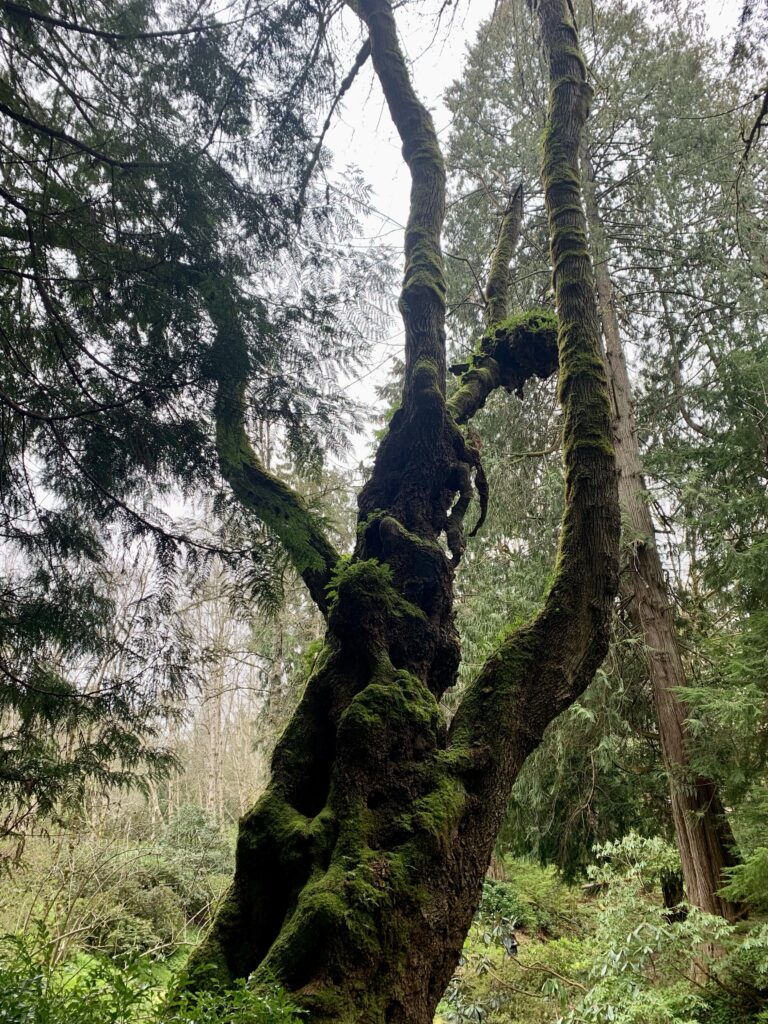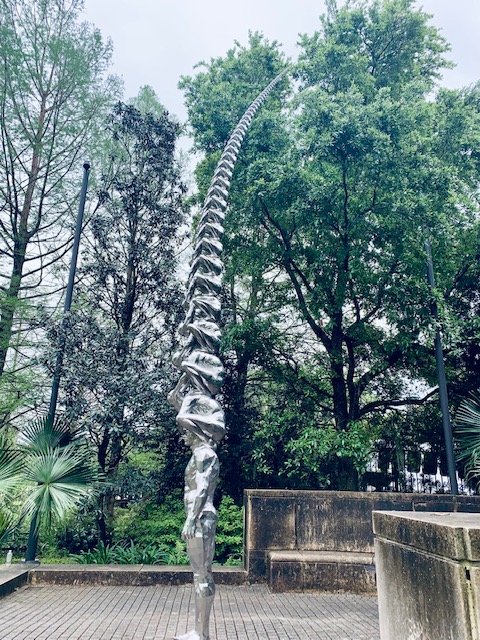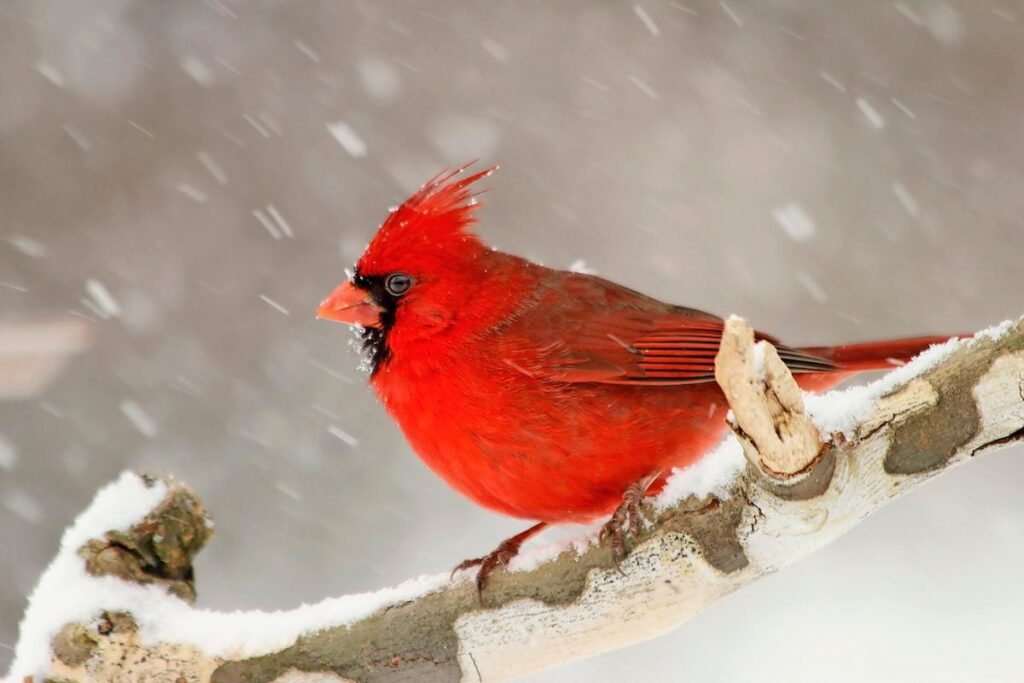These summer days are, for me, hope gathering days. The very beauty of flowers that grace my garden and the songs of all the birds that have arrived at my feeders fill me with a sense of hope that the world is beautiful and wonderful and carries a kindness that is at its core. The warmth…even the heat…calls on our bodies to be open, be alive to the greenness and the growth that during the winter months seems only a dream. So it seems the right thing to do to gather it all up…color and sunshine and sounds of wind and music and place it in the storehouse of our heart for the needed times which are bound to arrive.
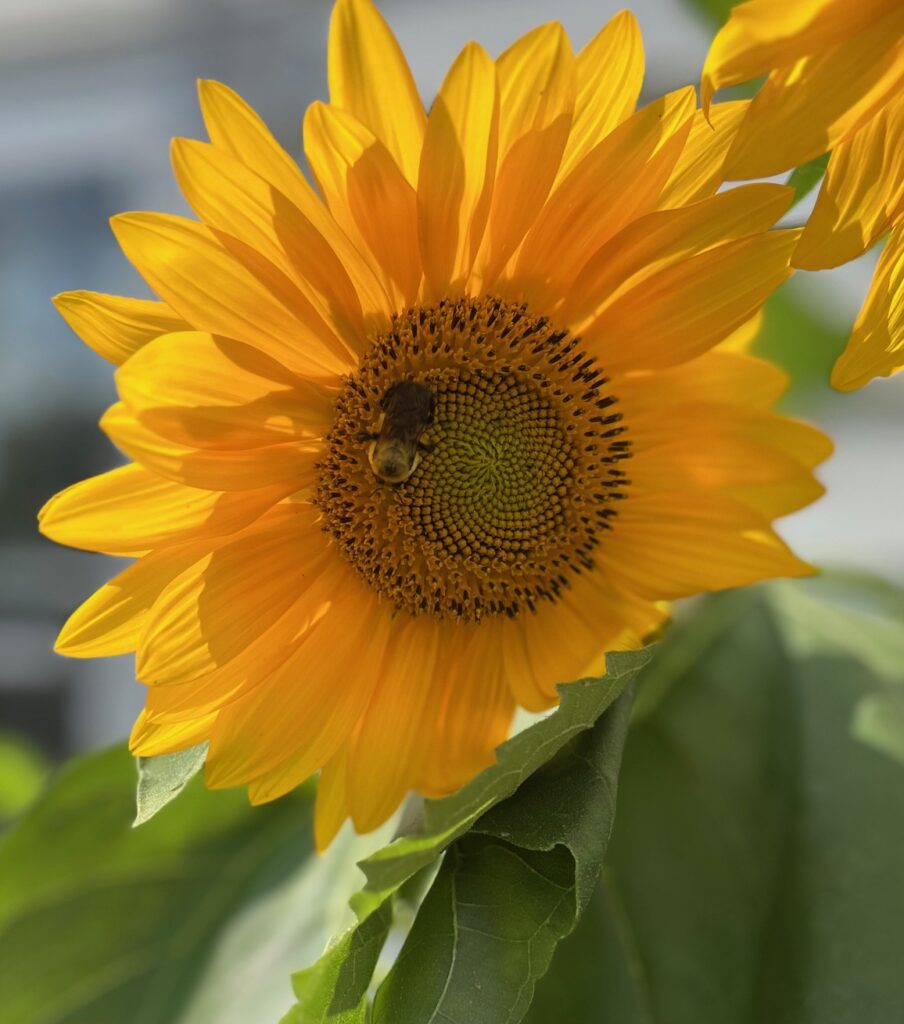
I thought of this this past week when these words of Louise Erdrich came across in something I was reading:
“Life will break you. Nobody can protect you from that, and being alone won’t either, for solitude will also break you with its yearning. You have to love. You have to feel. It is the reason you are here on earth. You have to risk your heart. You are here to be swallowed up. And when it happens that you are broken, or betrayed, or left, or hurt, or death brushes too near, let yourself sit by an apple tree and listen to the apples falling all around you in heaps, wasting their sweetness. Tell yourself that you tasted as many as you could.”
Loss. It is everywhere of course. And I have felt it deeply and have observed its presence in those I know and love. Over the last months people have left this life in quiet and in bold ways. Their loss is palpable and being present to the space they once occupied tears at the heart. Nobody can protect us from that. Yet, love and the practice of love is, I believe, the reason we are here on earth. The risks we take, that swallow us up prepare the gardens of our lives for the beauty. What else is required but to taste and feel and waste ourselves in the sweetness as long as we can and with as much enthusiasm as we can?
So these gathering days of summer are washing over us and asking us to be present, to savor, to relish the gifts of Earth and Sun. Much like the bees who are so busy on all the flowers in my garden right now…drinking deeply of color and sweetness. They flit and fly with a fury that says they know the flowers will be lost to them in a precious moment. They are tiny teachers. Of presence. Of tasting. Of hope. Of living. Of the loss that is bound to come. And the urgency of tasting as fully and as deeply of love and life as we can.
